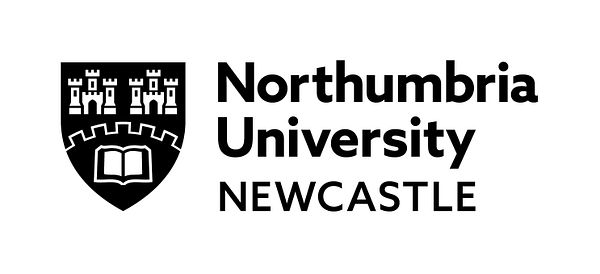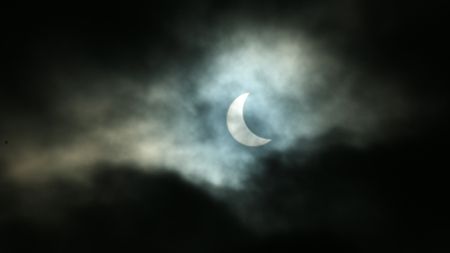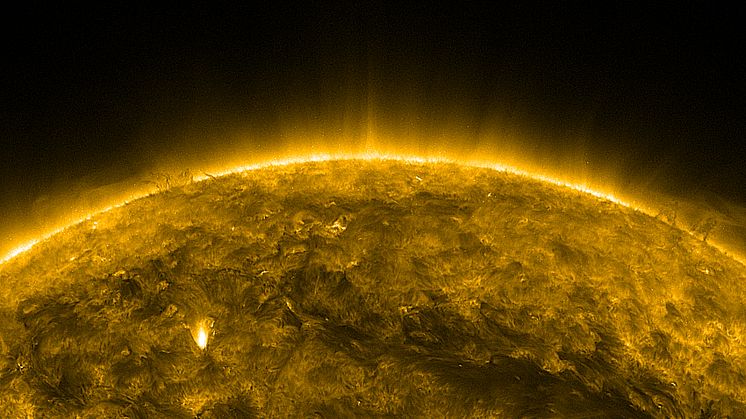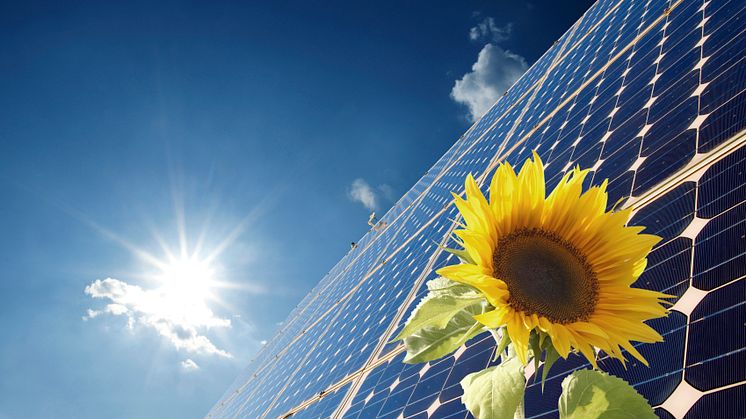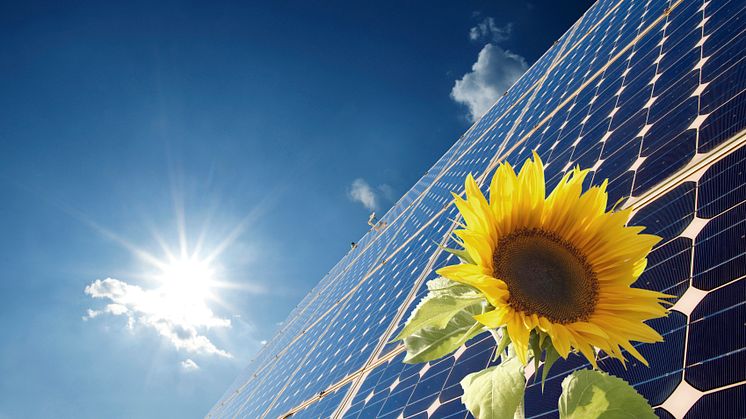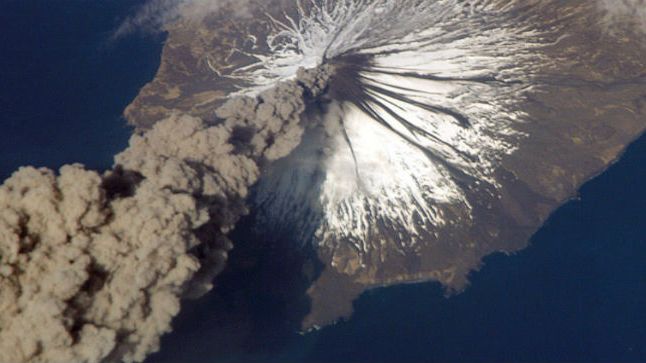
Press release -
Northumbria academic says ‘Little Ice Age’ could hit Earth in 2020
A ‘Little Ice Age’ which caused severe winters in the 17th Century could return in five years’ time due to a predicted fall in solar activity.
This possibility was discussed during the National Astronomy Meeting in Llandudno, Wales, by Prof Valentina Zharkova, of Northumbria University, alongside an international group of scientists including Prof Simon Shepherd, of Bradford University, Dr E Popova, of Moscow State University, and Dr Sergei Zharkov, of Hull University.
Prof Zharkova described the research as ‘the first serious prediction of a reduction of solar activity that might affect human lives’. If the decrease in solar activity takes place, it could result in a period similar to the ‘Maunder minimum’ of 1645 to 1700. During this period, there were only about 50 sunspots on the surface of the Sun instead of the usual 40-50 thousand, resulting in very severe winters and cold summers.
Several studies have shown that the ‘Maunder Minimum’ coincided with the coldest phase of global cooling, which was called the ‘Little Ice Age’. Due to the cold winters in Europe and North America, rivers such as the Thames and the Danube froze and the Moscow River was covered by ice every six months.
Prof Zharkova’s research is based on an analysis of solar activity. The Sun has its own magnetic field whose amplitude and spatial configuration varies with time. The formation and decay of strong magnetic fields in the solar atmosphere results in changes of electromagnetic radiation from the Sun, the intensity of plasma flows, and the number of sunspots on its surface, which varies every 11 years.
In the current study, the researchers analysed a total background magnetic field from full disk magnetograms by applying the so-called ‘principal component analysis’. As a result, the researchers uncovered a pair of magnetic waves in the Sun responsible for variations during 11-year solar activity. The scientists managed to derive the analytical formulae, describing these two waves and made first the prediction of magnetic activity in the current cycle, which gave 97% accuracy.
Inspired by this success, Zharkova and her co-authors extended the prediction of solar activity to future cycles. They discovered that the waves become fully separated into the opposite hemispheres leading to a sharp decline in solar activity in years 2020 t0 2050 – comparable with the conditions of the Maunder minimum in the 17th Century. This will lead to a reduction of the solar magnetic field and a noticeable decrease in solar irradiance.
Speaking about her confidence in her team’s work, Prof Zharkova added: “I am absolutely confident in our research. It has good mathematical background and reliable data, which has been handled correctly. In fact, our results can be repeated by any researchers with the similar data available in many solar observatories, so they can derive their own evidence of upcoming Maunder Minimum in solar magnetic field and activity.”
Following Prof Zharkova’s prediction at last week’s conference, the story has captured the public imagination with stories across the international press in the UK, USA, Australia, Germany, France, China, Russia, New Zealand, Canada, Singapore and many other countries including The Independent, The Telegraph, and Science Daily(UK), ABC News, USA Today, Washington Post, New York Times. Australia Today and numerous other newspapers and radio stations worldwide.
Prof Zharkova said: “The public imagination has been captured by the first serious prediction of a reduction of solar activity that might affect the human lives – as it did in the 17th Century. Solar-terrestrial physics literarily enters everyone’s house – this is the main beauty of the event.”
Prof Zharkova, who works in the Department of Mathematics and Information Sciences at Northumbria, believes the research further positions the University as a leader in this area.
She said: “Yes, I think so, given what we have done so far. Previously, in 1998, we with Dr A Kosovichev, of Stanford University, USA, discovered quakes on the Sun associated with solar flares, which were reported in Nature covered by the worldwide media on five continents. This topic continues to be one of the most interested in for the past decade. Now we decided to report the new finding on solar activity at the National Astronomy Meeting to enhance the profile of the UK science and to emphasise the contribution of three UK collaborators, including Northumbria.”
Northumbria offers a range of courses across Physics, Astrophysics, and Mathematics disciplines and has recently announced investment of £6.7m in STEM facilities on campus. For more information about studying at Northumbria go to: www.northumbria.ac.uk/courses
Topics
Categories
Northumbria is a research-rich, business-focussed, professional university with a global reputation for academic excellence. To find out more about our courses go towww.northumbria.ac.uk
If you have a media enquiry please contact our Media and Communications team at media.communications@northumbria.ac.uk or call 0191 227 4571.
